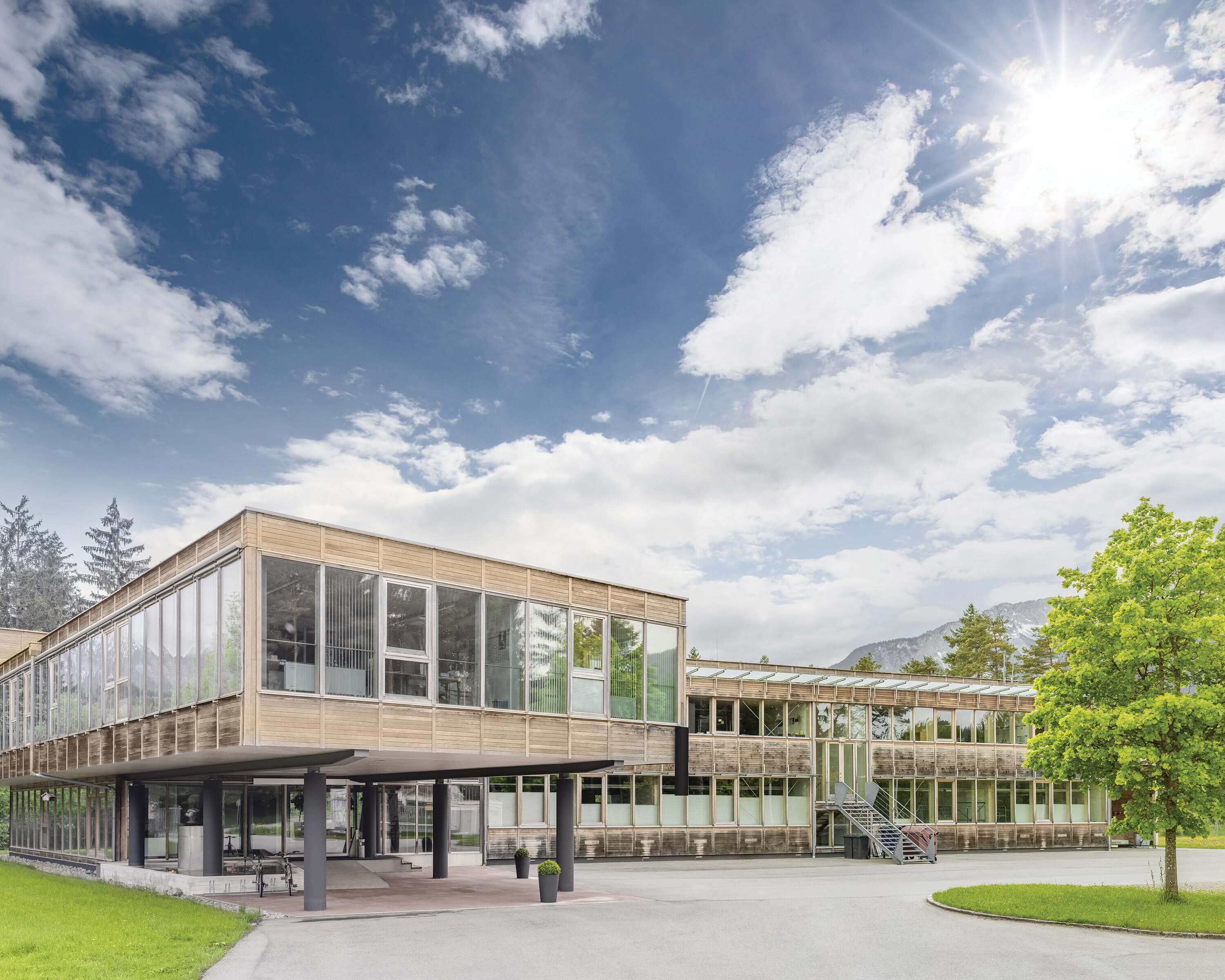Building material manufacturers worldwide continue to make sustainability pledges to their customers. Many have invested time and research into re-inventing products to offer more energy efficient, healthier and environmentally conscious options.
Green building has always been cost effective but the latest trend of “greening” or retro-fitting of existing buildings and homes has captivated and influenced mainstream markets.
Although there is some scepticism that LEED will keep dominating the green space, according to a survey conducted by McGraw Hill Construction, over half of those surveyed for GREEN BUILDING ACTIVITY IN CANADA, reported that over 30% of the projects they build are currently green, with over 70% expecting at least that level of green construction by 2017. The respondents were made up of architects, general contractors, developers and engineers, of various size construction firms who believe the numbers will continue to rise in an effort to please their eco-conscious customers.
This suggests that the share of green building in Canada’s construction market is likely to see significant increases, creating strong opportunities for firms in this market to capitalize effectively on this shift. While the overall level of green involvement in Canada is slightly below those reported by the U.S. the degree of growth in “greening” anticipated in the next three years is much higher now in Canada and demonstrates the relative sophistication of the green building market in Canada.
Manufacturers like CertainTeed have recently pledged to strengthen their commitment to product transparency and creating healthy interior environments.
CertainTeed announced recently that they were the first company in the gypsum manufacturing industry to offer Health Product Declarations (HPDs) and Environmental Product Declarations (EPDs) for drywall products. The newly published HPDs and EPDs provide scientifically robust and transparent information about environmental performance and third-party verification to confirm the true sustainability of a product. The declarations also allow products to contribute towards points in Leadership in Energy and Environmental Design (LEED) building projects.
“CertainTeed ceilings and insulation product divisions were also industry-first in their categories for EPDs and HPDs — with the new gypsum certifications, building professionals can be confident our complete interior system solutions are compliant with sustainable program requirements,” said Dave Engelhardt, president of CertainTeed Gypsum. “We will continue this commitment to environmental responsibility with products that have a proven material impact on indoor energy use, air
quality and acoustics.”
—
To download the new gypsum EPDs and HPDs and to learn more about sustainable building materials’ impact on occupant well-being, visit the new “Information is Power” product transparency resource web page at www.certainteed.com/gypsum/sustainability.

The Percentage of the 200 Respondants by Province
• Ontario 36%
• British Columbia 20%
• Alberta 17%
• Québec 12%
• Saskatchewan 6%
• Manitoba 5%
• Nova Scotia
• New Brunswick 2%
• Northwest Territories / Newfoundland and Labrador 1% each
